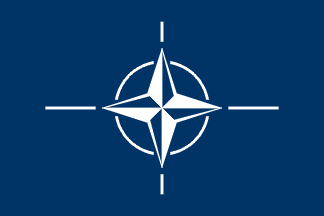
Readers commenting on my earlier post about an FAS report evaluating missile defenses slated for deployment in Europe have taken me to task on two counts: for confining my comments to the executive summary and not analyzing the report itself in detail; and for neglecting the sound technical reasons Russia has for feeling concerned about the missile defense system.
Let me briefly clarify my attitude about both points, as I evidently did not make my thinking completely clear the first time around.
First, a main purpose of blogging is to alert readers to material they may want to evaluate in detail. Just because I the blogger doesn’t choose to read the whole report doesn’t mean that you the reader can’t or shouldn’t.
Second, I did not read the whole report and analyze its technical content in detail for two reasons, one minor and one major. The minor reason is that I am not particularly qualified to express opinions about technical assertions or arguments regarding missile defense systems. The major reason is that the technical details are not central to the situation under discussion.
If a country designs and builds a system to counter a completely non-existence threat–in this case an alleged Iranian nuclear missile threat against Europe or the United States–other interested parties are bound to be suspicious. Reasons for suspicions will be found, regardless of whether they are weighty or not.
In this particular case, the authors found the Russians do have valid reasons for concern: As stated on p. 30 of the report, “A Russian news report sums up the Russian concerns: ‘[Russian foreign minister] Lavrov said Russia’s agreement to discuss cooperation on missile defense in the NATO- Russia Council does not mean that Moscow agrees to the NATO projects which are being developed without Russia’s participation. The minister said the fulfillment of the third and fourth phases of the U.S. adaptive approach will enter a strategic level threatening the efficiency of Russia’s nuclear containment forces.’ The analysis presented in Sections IV and V vindicate this view: whether or not the planned PAA system is intended against Russia, the salient point is that it will have some inherent capability against Russia’s strategic forces, especially in Phases III and IV.” [punctuation modified for clarify]
That’s interesting but not, to repeat, central. The main point is that there’s no good reason for NATO to be deploying this missile defense system at all, and that’s why it should not be deployed, not because its deployment will irritate Russia.
That doesn’t mean, by the way, that the stated reasons for deployment are insincere. When President Reagan first proposed creating a leakproof missile defense, Russian leaders and military officials found it imp0ssible to believe he believed in something so manifestly non-sensical and figured he had to be up to something very nefarious. It was only when Gorbachev met personally with Reagan that he came to realize the U.S. president sincerely held the leakproof vision. That set the stage for the big breakthrough in U.S.-Soviet relations and the end of the Cold War.